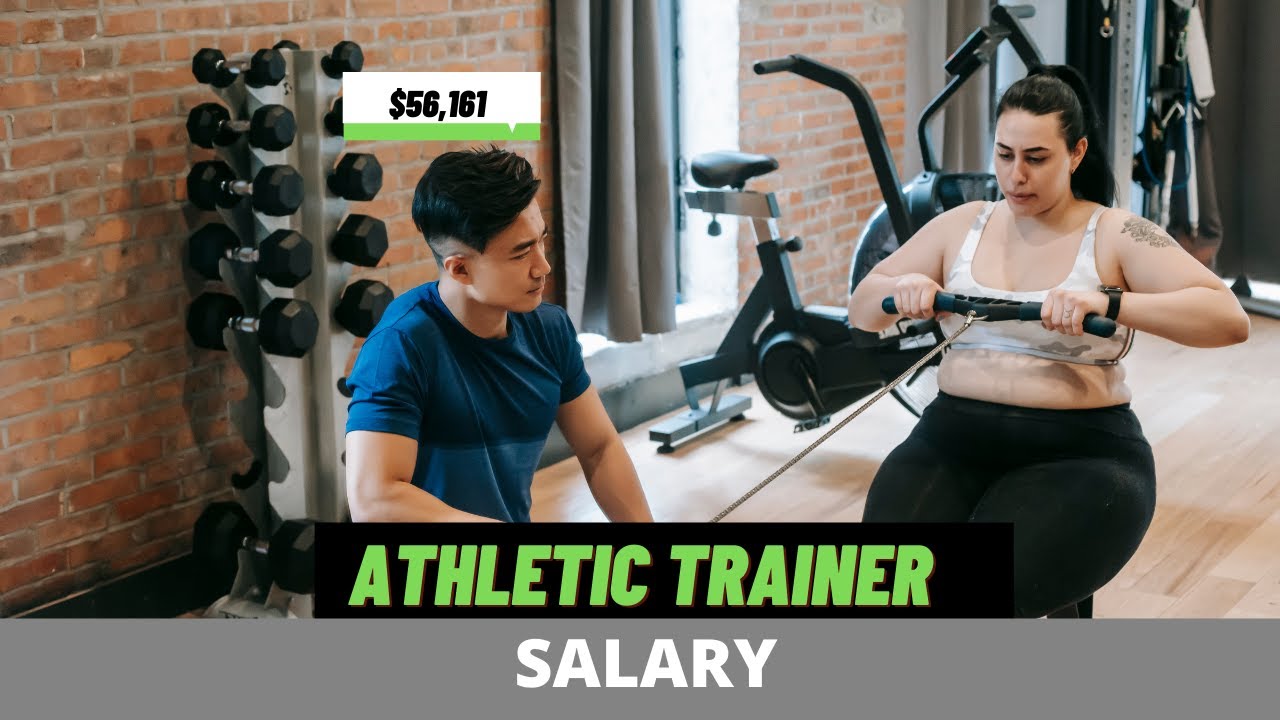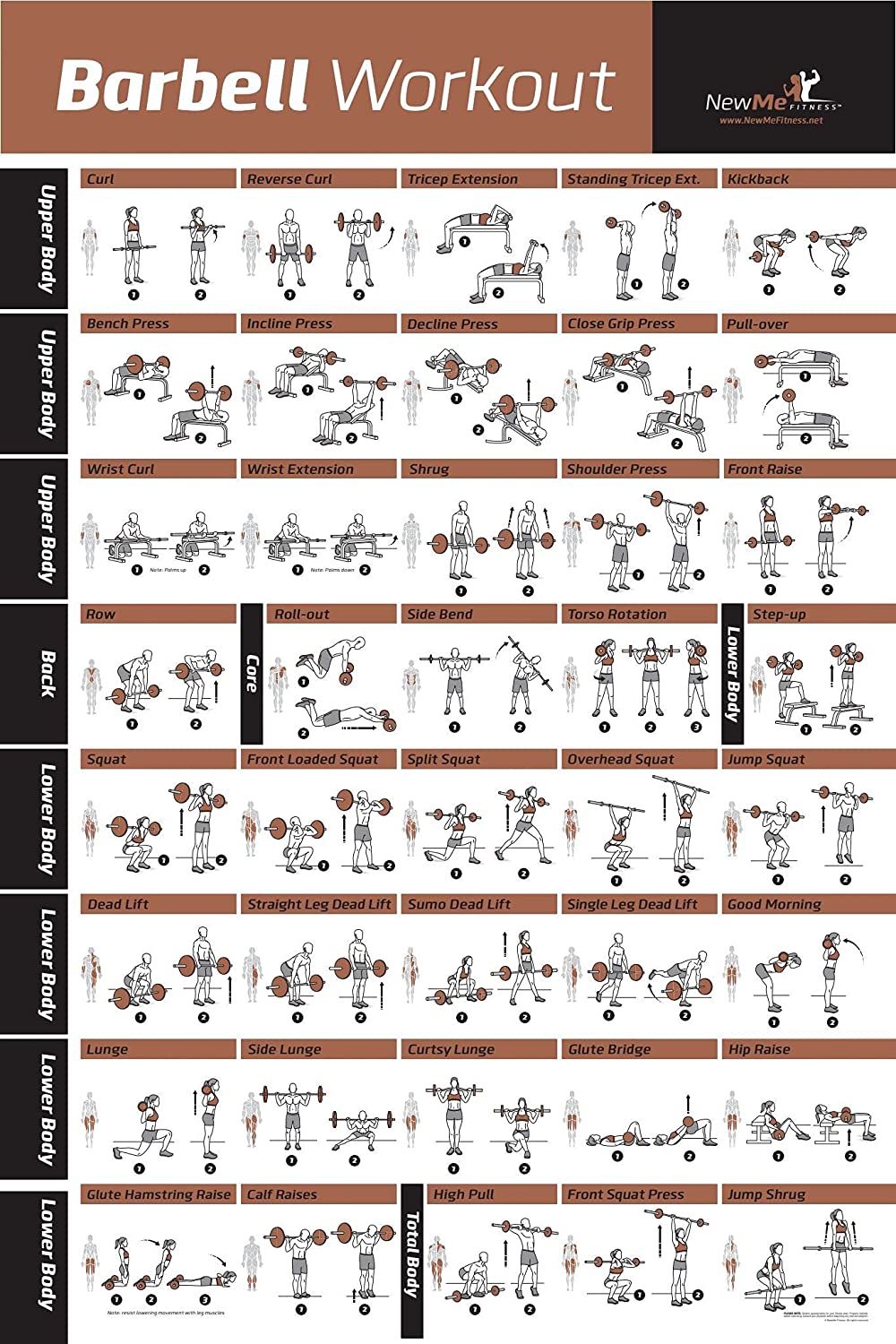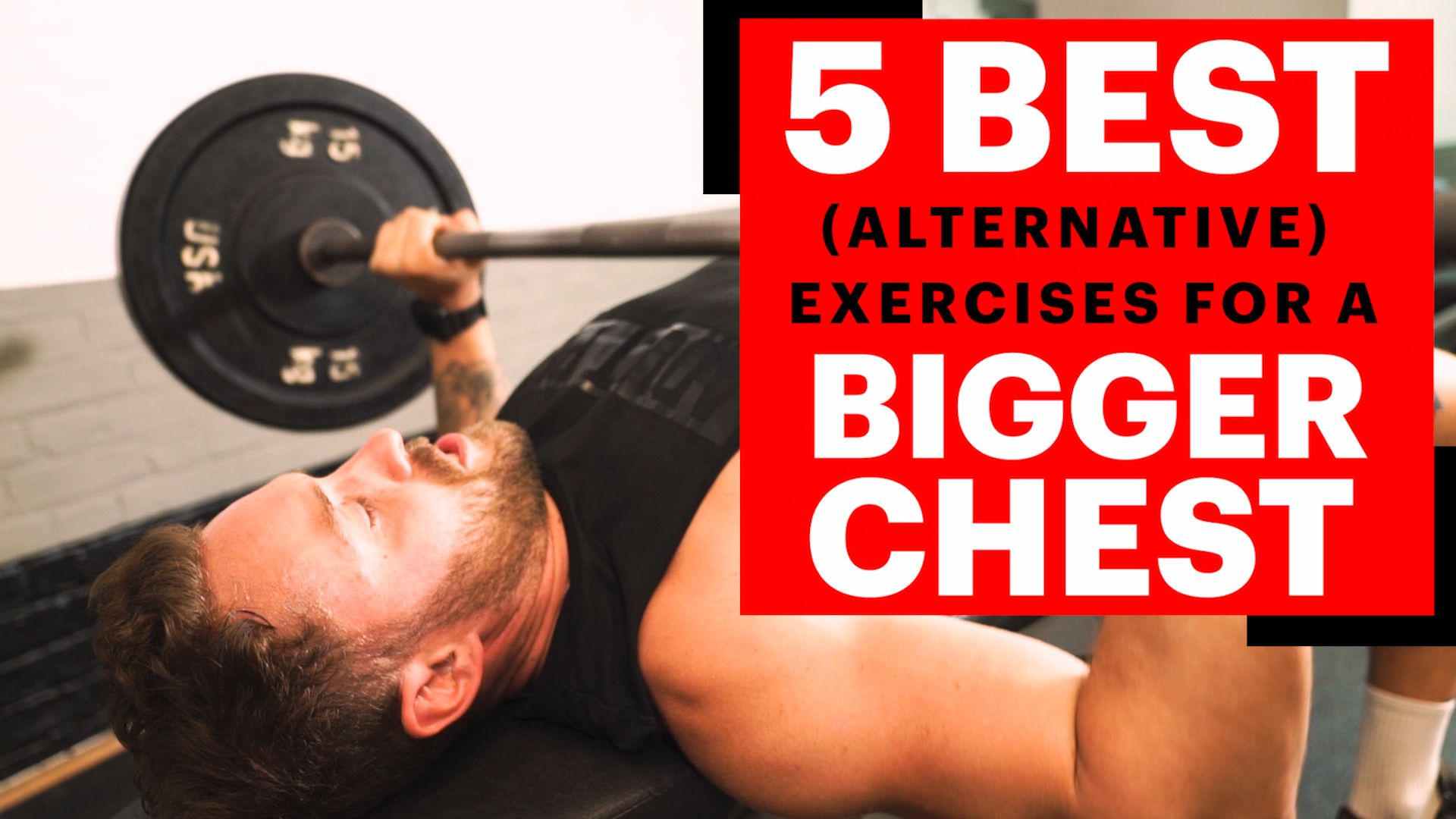
Trying to squeeze in a 30-minute workout every day can be tricky. You may not have the time or energy to train your whole body. Leg machines are often crowded and can take quite a bit of time. Try incorporating squats into the routine to keep your workouts short and sweet. You can do sets of 6-8 reps, with one-minute rests. Alternately, you could use selectorized equipment to train your entire body.
Full-body movements
A full-body work out is a 30-minute exercise that incorporates all of the primary movement patterns. These workouts can be modified to meet different fitness levels. Here are three full body routines you can attempt:

Interval training
If you are looking to build muscle and burn fat, an interval training program of 30 minutes can help. It doesn't require fancy equipment or a gym membership. All you need is a mat large enough to perform burpees, which are about the size of a yoga mat. This type of exercise is a great way to build strength and increase your cardiovascular system. This workout alternates between high and low heart rate intervals.
Moves in compound
For a quick and effective workout, you can try compound moves. These moves recruit large muscle groups in one movement, which is great for building muscle and burning calories. They also save time as they target multiple muscles at once, which can help you save time. Here are five of my favorite compound moves:
Work at 80-90% of maximum heart rate for 30 seconds
Many of us don't like exercising at high heart rates. However, this is a great workout that will get you moving and help you build endurance. This intensity will also help you to use oxygen as a source of energy. It's also difficult. These tips will help you make it easier.

Compound moves with heavy resistance
You can build muscle quickly if you have limited time, but want to do compound moves with heavier weights. This type works well for both building muscle and reducing weight. Complementary exercises involve alternating weights or movements. You'll be able to work more muscles and prevent plateauing by switching between light and heavy weights. This type is best for people who are just starting out or those who don't exercise regularly.
FAQ
What Are Cardio Exercises?
Cardiovascular exercises are ones that make your heart and lungs work harder. Examples include jogging, swimming, bicycling, rowing, and dancing. These activities are great for burning fat and increasing metabolism. These activities are great for staying fit because they strengthen your heart and lungs.
What Does Nutrition Do for Your Body?
Nutrition helps your body function properly by supplying all the nutrients needed for proper growth and development. To ensure that your body receives adequate nutrition, it is best to eat a balanced meal with lots of fruits and vegetables, lean protein, whole grain, as well as healthy fats.
When I exercise, should I consume alcohol?
Alcohol has calories, so it's not recommended to consume large amounts while working out. Moderate alcohol consumption (one drink per week) can help increase endurance during training. It may reduce fatigue and muscle soreness from intense exercise.
Is exercise good for me?
Yes. Regular exercise can help you shed extra calories and lose weight. You can also increase your metabolism, which means you will continue to burn calories even if you don't exercise.
What happens to me if I don’t sleep enough?
If you don't get enough sleep, your brain doesn't receive the signals needed to regulate hormones and chemicals in regulating appetite and metabolism. As a result, you may overeat and gain weight. Overeating can also be caused by a lack of sleep.
Can I eat while I'm exercising?
Yes. Yes. You can eat whatever you want while you exercise. Low-calorie snacks like watermelon and carrots, celery apples, bananas, grapes, celery, celery, celery, celery, celery, apple, bananas, and carrots are best. These foods are high in nutrients, which can improve your performance during training.
Statistics
- In high-income countries, 26% of men and 35% of women were insufficiently physically active, as compared to 12% of men and 24% of women in low-income countries. (who.int)
- In 2018, the World Health Assembly agreed on a global target to reduce physical inactivity by 15% by 2030 and align with the Sustainable Development Goals. (who.int)
- An estimated 110,000 deaths per year could be prevented (cdc.gov)
- Adolescent girls were less active than adolescent boys, with 85% vs. 78% not meeting WHO recommendations of at least 60 minutes of moderate to vigorous intensity physical activity per day. (who.int)
External Links
How To
How to Burn Belly Fats Faster
Belly Fat is often thought of as a problem when trying to lose fat. When you stop and think about it, Belly Fat can actually be a blessing. Your organs are protected by the fat around your stomach. So let's see how to burn belly fat fast.
The main factors that contribute to our body fat accumulation are stress and inactivity. Because stress stimulates the release of cortisol hormone, it makes us hungry all the time. Cortisol is responsible for an increase in insulin levels. The insulin then stores extra calories as fat. An increased appetite can be caused by a lack of sleep. These extra calories can be broken down by exercising.
There are many ways to reduce belly fat. All of these methods can be used, depending on your budget. These tips will help you quickly get rid of belly fat.
-
Eat less food. Instead of eating three large meals per day, try to eat smaller meals. This will help you consume less calories.
-
Drink lots of water. Water flushes out toxins in your body and helps you stay hydrated. Drinking water before meals will help you feel fuller for longer, so you don't overeat.
-
Avoid snack foods that are unhealthy. If you're looking for quick fixes, snack foods like chips, cookies, candies, etc. might seem tempting. Avoid these unhealthy treats. They are full of empty calories, too much sugar, and can be very fattening. Instead, opt for healthy alternatives such as fruits, vegetables and whole grains.
-
Three times per week, strength training is recommended. Strength training builds muscle mass which burns more calories even while resting. It strengthens bones muscles ligaments, tendons and the heart.
-
Walk or stretch regularly. Stretching increases flexibility and mobility. It also reduces back pain. Walking for 30 minutes is a great way to burn calories.
-
Reduce alcohol intake. Alcohol adds empty calories to your diet and has no nutritional value whatsoever.
-
You can lose weight slowly. The first step towards losing weight is to identify what your current weight is. Then, add 5% to 10% to your body weight to get your ideal weight. Once you have reached your target weight, begin decreasing your daily calories intake by 500-1 000 calories until you reach your goal.
-
Avoid processed foods. These foods are high on sugar, salt, and additives. Although they are convenient, processed foods don't have enough nutrients to sustain your health.
-
Don't skip breakfast! Eating breakfast improves concentration, memory, and energy level. Include protein (like eggs) and fiber, like oats, in your breakfast.
-
Have regular bowel movements. Constipation and irregularity can cause gas and bloating. To prevent this, drink plenty of water and increase fiber intake.